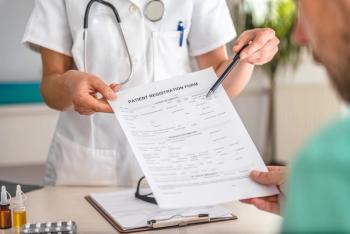
|Articles|June 15, 2002
Soft tissue fillers provide patients with more options
The search for an ideal soft tissue filler to cor-rect various facial folds and wrinkles has gone on for years. At the turn of the last century, injectable paraffin was tried but quickly found to be unacceptable.1 A refined form of liquid silicone was introduced in the 1960s, and for the next 30 years, various forms of injectable silicone were used with few reported complications. Unfortunately, numerous complications arose from the use of adulterated or impure silicones and as a result, injectable silicones were abandoned.2
Advertisement
Newsletter
Don’t miss out—get Ophthalmology Times updates on the latest clinical advancements and expert interviews, straight to your inbox.
Advertisement
Latest CME
Advertisement
Advertisement
Trending on Ophthalmology Times - Clinical Insights for Eye Specialists
1
Spotlight on women's health: Understanding thyroid eye disease
2
Seeing the difference: Multimodal imaging for AMD and GA
3
Screening for Demodex blepharitis: Integrating best practices into routine eye care
4
Dompé enrolls first patients in phase 3 study of isocyclosporin for treatment of atopic keratoconjunctivitis
5









































